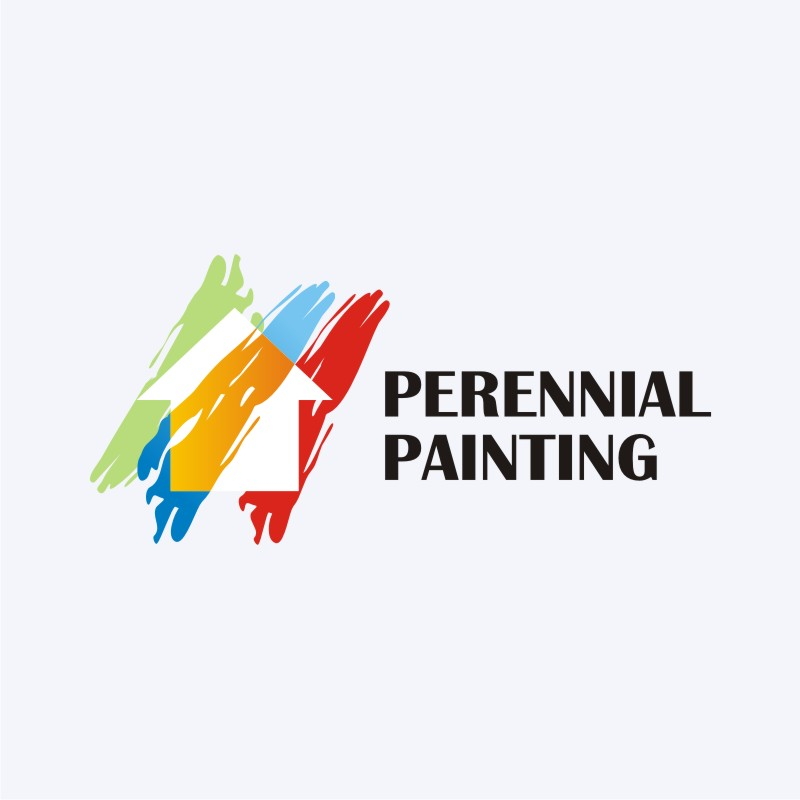Weather Considerations In Commercial Outside Paint: Important Details To Keep In Mind
Weather Considerations In Commercial Outside Paint: Important Details To Keep In Mind
Blog Article
Web Content Writer-Vilstrup Duckworth
When you're planning a commercial external paint project, do not take too lightly the impact of weather condition on your results. please click the up coming article need to consider factors like temperature level, humidity, and rainfall, as they can make or damage your paint work. As an example, did you know that perfect conditions require particular temperature varieties and moisture degrees? Failing to keep an eye on these aspects can result in uneven coatings or even damages to fresh paint. Understanding these components is vital to accomplishing a lasting, professional outcome. So, what specific climate condition should you be wary of?
Temperature level Considerations
When it comes to commercial exterior painting, temperature plays an essential function in the end result of your project. If you're painting in extreme warm, the paint can dry too swiftly, leading to concerns like bad adhesion and irregular surfaces. You wish to aim for temperatures in between 50 ° F and 85 ° F for the best results. Listed below visit my homepage , paint might not heal appropriately, while over 85 ° F, you run the risk of blistering and breaking.
Timing your job with the right temperature levels is important. Beginning your job early in the early morning or later in the afternoon when it's cooler, especially during hot months.
Likewise, think about the surface temperature; it can be significantly higher than the air temperature level, specifically on sunny days. Make painting companies in portland oregon of a surface area thermostat to examine this before you start.
If temperatures are uncertain, keep an eye on the weather forecast. Abrupt temperature decreases or warm front can thwart your strategies. You do not want to start painting just to have the problems change mid-project.
Moisture Levels
Moisture levels considerably affect the success of your industrial exterior paint task. When the moisture is too high, it can hinder paint drying out and healing, resulting in a variety of problems like poor adhesion and complete quality.
If you're preparing a task during damp problems, you may discover that the paint takes longer to completely dry, which can prolong your project timeline and rise prices.
Alternatively, low humidity can likewise posture obstacles. Paint might dry out too swiftly, preventing appropriate application and resulting in an unequal coating.
You'll wish to keep track of the moisture levels very closely to guarantee you're working within the optimal array, typically between 40% and 70%.
To obtain the most effective results, think about making use of a hygrometer to measure humidity prior to starting your task.
If you discover the degrees are outside the optimal range, you might require to readjust your schedule or pick paints developed for variable problems.
Constantly speak with please click the following internet page for details recommendations on moisture tolerance.
Precipitation Impact
Rainfall or snow can substantially interrupt your industrial exterior painting strategies. When rainfall takes place, it can get rid of freshly used paint or create an unequal coating. Preferably, you want to pick days with dry weather to guarantee the paint sticks effectively and treatments properly. If you're captured in a rain shower, it's finest to stop the project and wait on problems to improve.
Moreover, snow can be a lot more destructive. Not just does it produce a wet surface, but it can also lower temperatures, making it tough for paint to completely dry. This can lead to problems like peeling or blistering down the line.
It's vital to check the weather report before beginning your task. If rain or snow is predicted, consider rescheduling.
Constantly remember to enable ample drying time between coats, especially if the weather remains unpredictable.
Conclusion
In conclusion, keeping an eye on the weather is important for an effective business external painting task. By checking temperature, humidity, and rainfall, you can make sure the very best problems for application and healing. Remember to plan your job around desirable climate and always adhere to producer standards. With the right method, you'll accomplish a lasting, lovely coating that can endure the components. Do not let the weather capture you unsuspecting-- remain notified and repaint smart!
